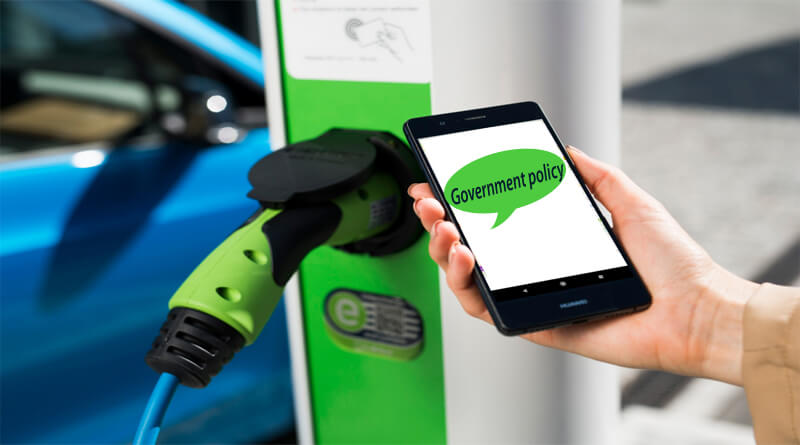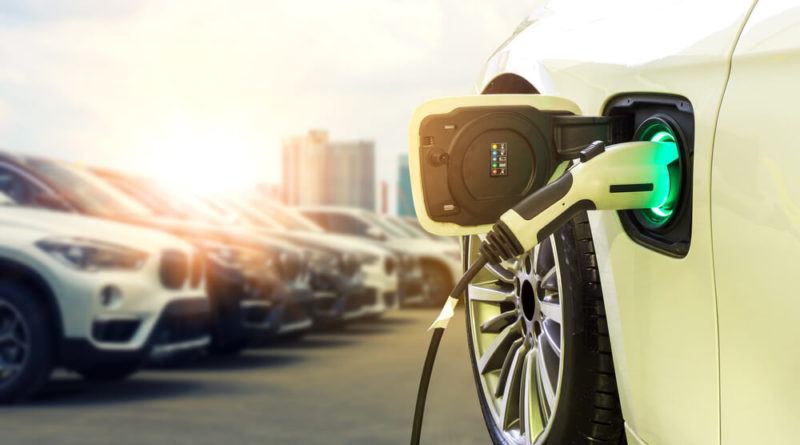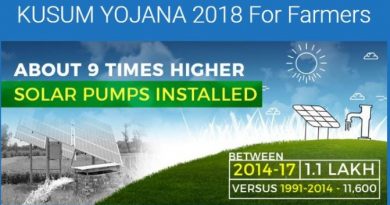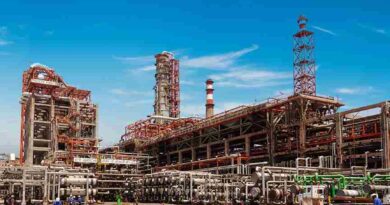Lazy taxation? Government Plans to Impose a ₹12,000 fee on New Petrol/Diesel cars to add to EV push

The Central Government has drafted a new plan under the “Polluter Pays” principle to levy a ₹12,000 fee on the purchase of all new petrol and diesel cars in the country. The policy will look to raise money through the collection of this fee to incentivize electric vehicles (EVs) and battery manufacturing, under a new policy that is nearing finalization. At the outset, we are not too sure if it is a great idea at this stage, especially when the taxon fuels is already very high. The extra tax on vehicles seems to be just another way to show action to cover up for inability to do anything significant actually.
We would much rather that like solar power, EV’s also make a business case for themselves for consumers to shift whole heartedly. In any case a massive shift right now, when the nation’s power is still predominantly fossil fuel powered is a half baked shift. Starting with incentivising a bigger and more comprehensive public transport network across cities, as we have been repeatedly stressing, is a much better idea probably.
Government think-tank on all such matters, the NITI Aayog in a note has apparently proposed to provide incentives of up to ₹25,000-₹50,000 in the first year for those buying electric two-wheelers, three-wheelers, and cars. To further ensure that the gains aren’t pocketed by the automakers, the note proposes a direct benefit transfer to EV buyers while offering km-based incentives for state agencies operating e-buses. The revamped policy, which will require ministerial clearance, has been drafted after Prime Minister Narendra Modi junked an earlier draft and asked bureaucrats to ensure that batteries were incentivized to lower costs instead of offering sops to automakers.
The fee collected from ICE cars is expected to push close to ₹7,500 crores in the first year of implementation, 10 percent of which will be utilised to supplement the government’s outlay of Rs 732 crore, which the government itself believes is insufficient to fund the scale of expansion of EVs that is planned.
The new policy will see the surcharge on new ICE vehicles rise to ₹70,000 by the fourth year of implementation, garnering the government close to ₹40,000 crores, all of which will flow into a dedicated fund to be managed by the Ministry of Heavy Industries, in charge of implementing the subsidy rollout.
The burden of ‘polluter pay” surcharge will not be limited to only ICE cars. Petrol/diesel two-wheelers, three-wheelers, and commercial vehicles too will have to attract a surcharge of Rs 500-25,000 in the first year, which will go up to Rs 4,500 to Rs 90,000 in the fourth year. While on the opposite side of the deal, incentives for EVs will gradually come down from Rs 50,000 in the first year to Rs 15,000 by the fourth year of the policy.
The levy comes with several incentives that are being proposed, ranging from lower customs duty and goods and services tax on raw material, components and battery packs, to waiver of the registration fee and road tax for all EVs. However, it still remains unclear whether this new plan is a part of the long-awaited second phase of the FAME scheme, which has been delayed for over two years now or if it will be a part of the EV policy for the country.
Any market distorting effort such as this one, as we have seen repeatedly across sectors, always gets gamed, and usually leads to a messier market. We have een how that happened in autos itself with the diesel subsidies, in agriculture with urea subsidies, and now, it could repeat itself with EV subsidies.
Read More: The 7 States Leading India’s EV revolution






